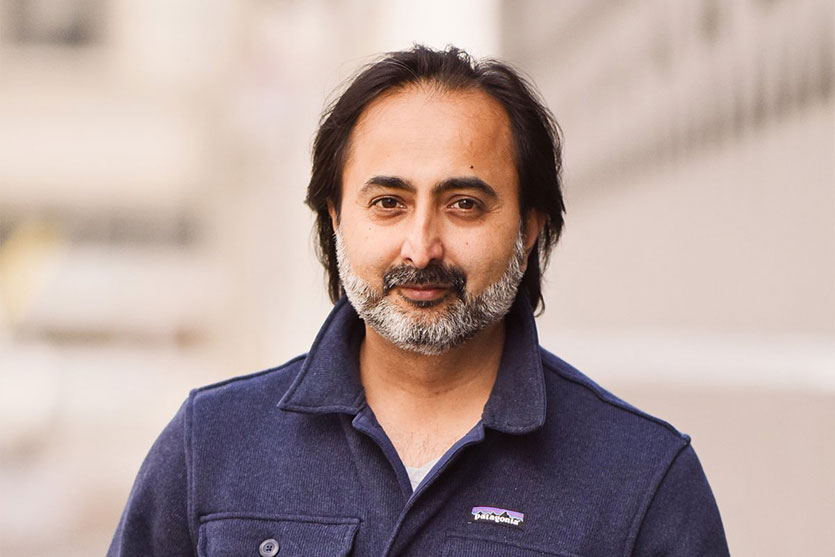Two fundamental pillars to building a responsible innovation company

The most successful companies over the next couple of decades will be those that practice responsible innovation. They will seek to build technology that benefits all stakeholders, and try to foresee and avoid harmful unintended consequences.
But how? Doing all that requires thinking in ways that refute Silicon Valley’s conventional wisdom. Move fast, break things and hope for the best won’t work anymore. Nor will recklessly releasing minimum viable products and hoping they don’t do any damage – companies instead must think in terms of minimum virtual products. Other tech industry practices that have become problematic include the drive for hyper- scale, a winner-take-all mentality, and prioritizing shareholder value above all other outcomes.
There are two fundamental pillars to building a responsible innovation company in the 2020s:
Pillar 1: Mindset. Paramount when setting your company’s mindset is a simple idea: plan to endure. Your motivation should be to create positive consequences and solve important problems over the long haul – so your company will endure for a long time. That idea alone will prod company leaders to think through what problems they might solve for the world, the kind of culture you’ll want to develop, and how things could go wrong.
Pillar 2: Mechanism. A proper company mindset alone isn’t enough: you need mechanisms that make sure the mindset gets supported. Build a business model that rewards positive consequences and discourages unintended consequences. Embrace a set of KCIs — key consequence indicators (more on that in a bit) — that tell you if you’re on the right track. Such mechanisms are what has been missing from almost every other call for stakeholder capitalism, conscious capitalism, social responsibility and so on. All of those rely almost entirely on good intentions. But the only way to make sure that responsible innovation endures is to align financial and business-model Incentives with intentions. Otherwise, a company will eventually be forced to make a devil’s choice between the two, and in market capitalism, financial results almost always trump good intentions.
Mindset and mechanism must synchronize and support each other — a responsible innovation company’s yin and yang. The best intentions get nowhere without the mechanisms to make them happen. The best mechanisms won’t matter if the mindset is shallow or the culture is toxic.
To start down the path of responsible innovation a company must make those two pillars a priority. The leadership team should continuously ask relevant questions like: What do we have to do to endure for decades? Once we set our business model and product in motion, what could go wrong? What kind of culture do we have to create so that coming generations follow through on good intentions?
Written by Hemant Taneja.
Have you read?
# Best CEOs In the World Of 2022.
# Best Citizenship and Residency by Investment Programs.
# These are the world’s most and least powerful passports, 2022.
# The World’s Richest People (Top 100 Billionaires, 2022).
# Case Study: Warren Buffett, LVMH’s Bernard Arnault, Apple’s Tim Cook, and Elon Musk.
Bring the best of the CEOWORLD magazine's global journalism to audiences in the United States and around the world. - Add CEOWORLD magazine to your Google News feed.
Follow CEOWORLD magazine headlines on: Google News, LinkedIn, Twitter, and Facebook.
Copyright 2025 The CEOWORLD magazine. All rights reserved. This material (and any extract from it) must not be copied, redistributed or placed on any website, without CEOWORLD magazine' prior written consent. For media queries, please contact: info@ceoworld.biz








